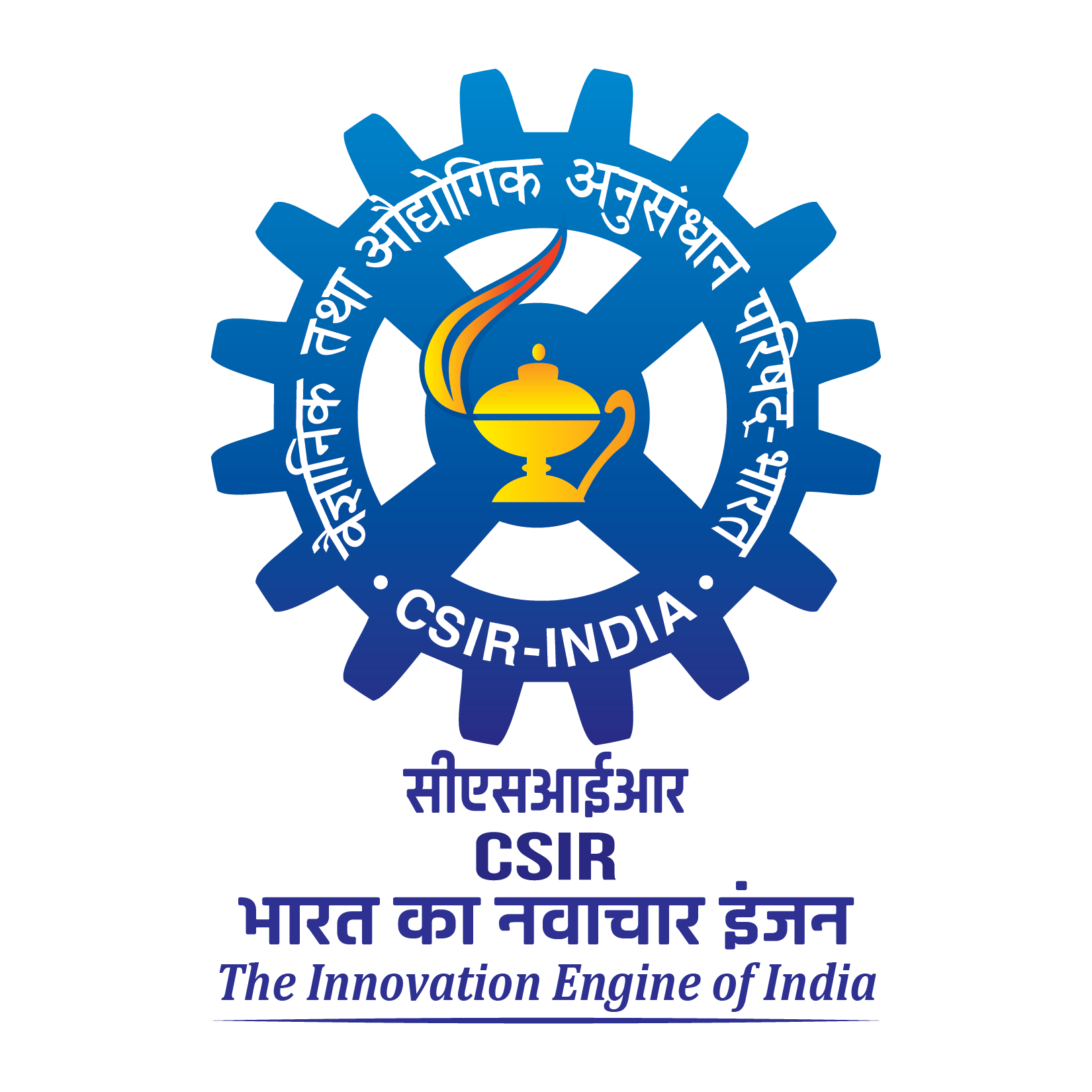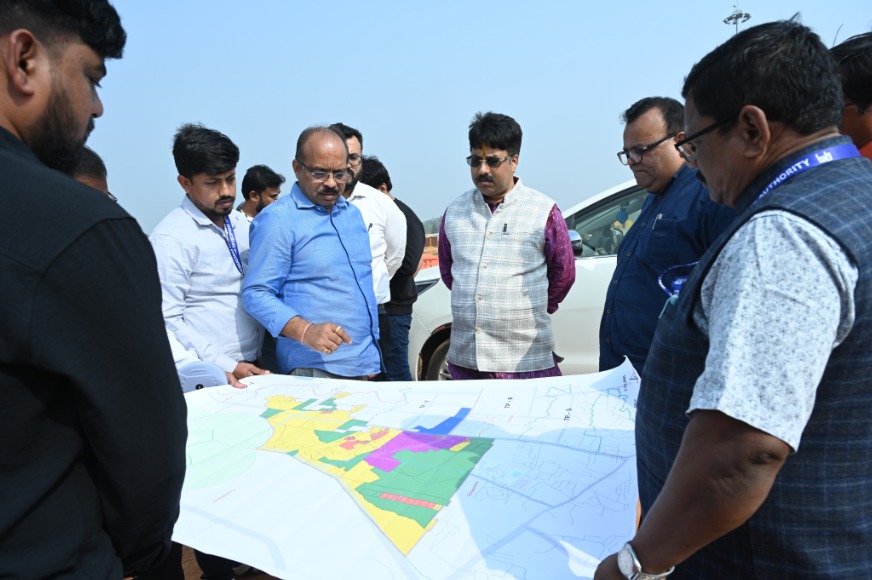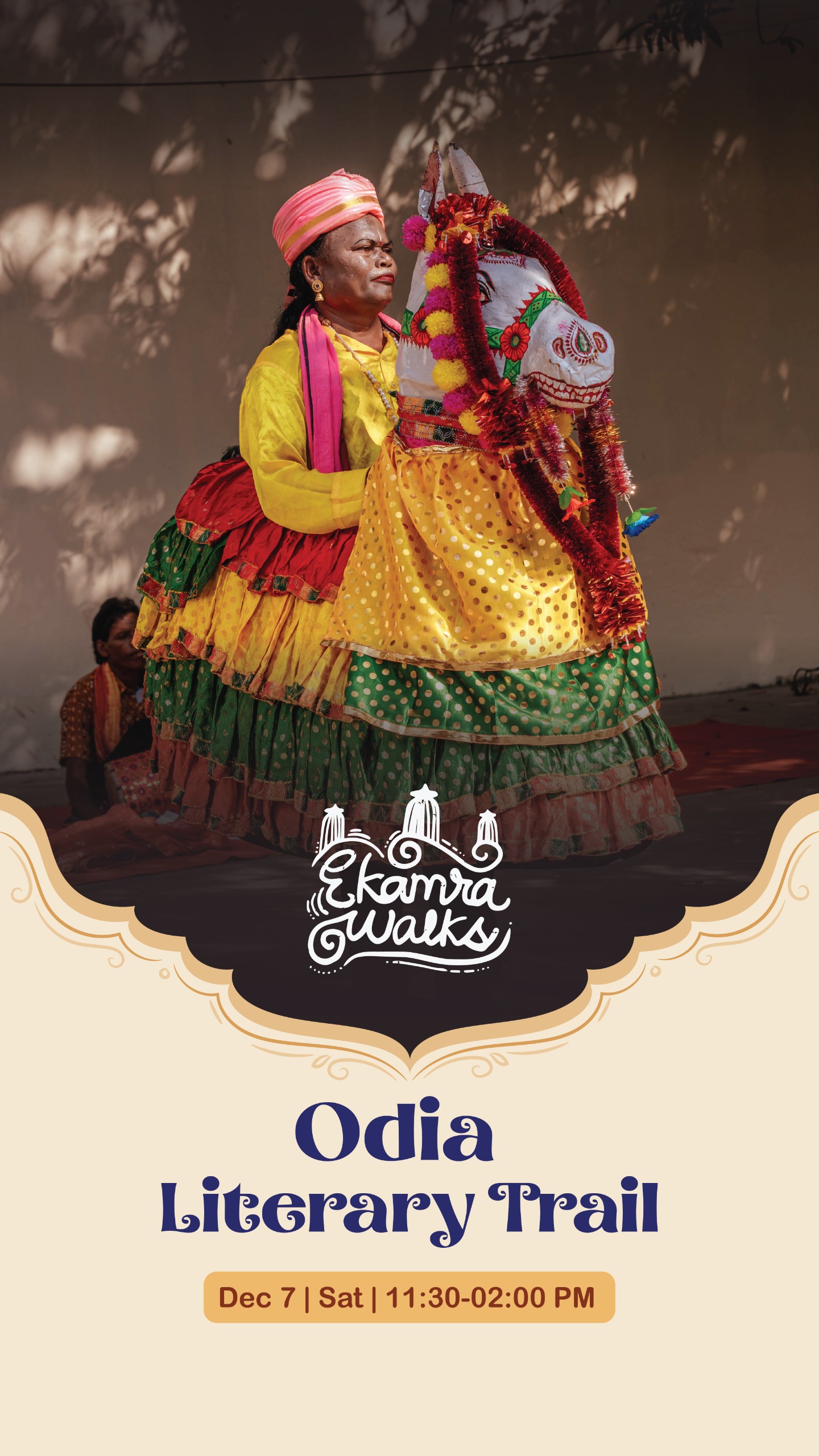New Delhi: Union Science Minister, Dr. Jitendra Singh, lauded the significant contributions of various Council of Scientific and Industrial Research (CSIR) institutes in the construction of the Ram Temple in Ayodhya. The minister highlighted the role of CSIR-CBRI Roorkee, CSIR-NGRI Hyderabad, DST-IIA Bengaluru, and CSIR-IHBT Palampur in various aspects of the temple construction.
CSIR-CBRI Roorkee has been involved in the project from the early stages, contributing to the structural design of the main temple, the design of the Surya Tilak mechanism, design vetting of the temple foundation, and structural health monitoring of the main temple. CSIR-NGRI Hyderabad provided significant inputs on foundation design and seismic safety.
Dr. Jitendra Singh emphasized that the main temple building, constructed with sandstone quarried from Bansi Pahadpur, Rajasthan, is 360 ft long, 235 ft wide, and 161 ft high. Notably, cement, iron, and steel were not used in its construction. The structural design ensures earthquake resilience, capable of withstanding strong tremors of magnitude 8 on the Richter scale for up to 2,500 years.
A unique feature of the Ram Temple is the Surya Tilak mechanism, designed to allow sunlight to fall on Lord Ram’s idol at 12 noon on Sriram Navami day each year for about 6 minutes. The Indian Institute of Astrophysics Bengaluru provided technical support on the sun’s path, and Optica, Bangalore, is involved in manufacturing lenses and brass tubes for this mechanism.
CSIR-IHBT Palampur is contributing to the consecration ceremony by sending Tulip Blooms to the event. The institute has developed technology to make tulips available throughout the year.
Dr. Jitendra Singh emphasized the broader contributions of CSIR labs in various fields and their role in India’s journey toward becoming self-reliant (Atmanirbhar) and developed by 2047 (Vikasit Bharat@2047). He mentioned CSIR’s involvement in areas like aromatics, botanical research, and the development of new varieties like ‘NBRI Namoh 108’ lotus.
The minister highlighted Prime Minister Narendra Modi’s emphasis on integrating traditional and modern knowledge and noted India’s remarkable economic growth, moving from the tenth largest economy to soon becoming the third largest in the world.





